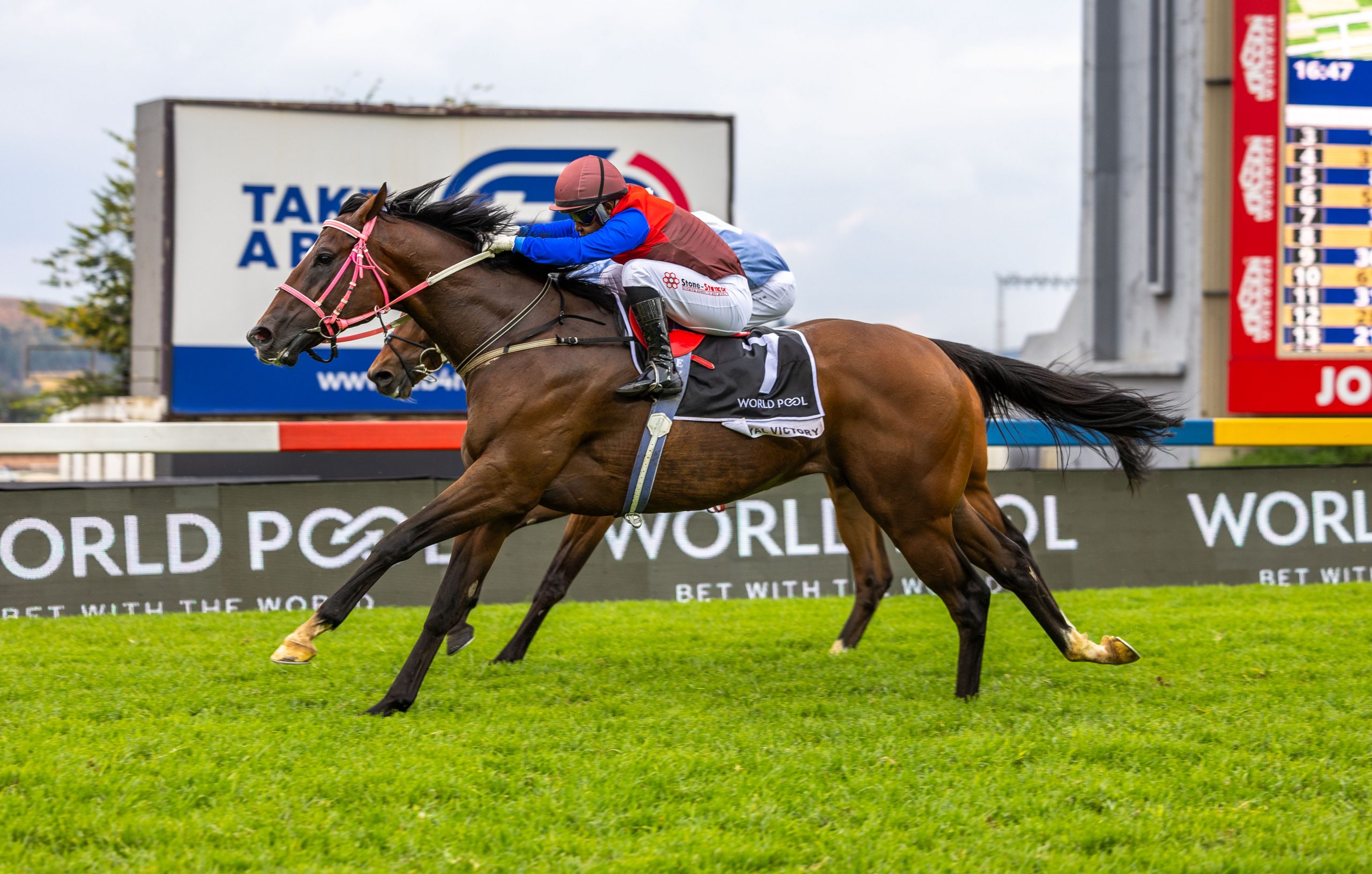The Assessment Plates concept introduced by Phumelela on 11 August last year has raised more than a few questions – not least being their zero contribution to assisting flagging betting turnovers by virtue of their very small field sizes.
Sporting Post reader Jay August gives his thoughts and raises some interesting posers.
Tuesday’s card at the Vaal highlights an issue which I believe needs further discussion. There are two carded Assessment Plates, one with just three runners and another with just five runners. Of the eight runners five are from the Tarry or de Kock yards representing 62.5% of runners.
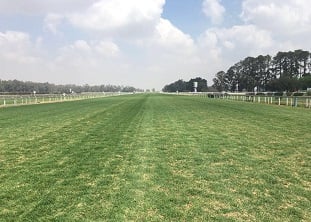
Apart from the obvious question of why there are so few horses running, the other question is, do Assessment Plates serve any purpose other than graduating higher class horses through the ranks without them having to compete in open handicaps?
If so, why not just call them what they are, conditions races, and allow broader participation rather than the current restrictions?
The original idea put forward for Assessment Plates was to allow the handicappers more time in assessing horses which break their Maidens within five starts.
The conditions for qualification for these races are restrictive, with the implication that not very many horses qualify to race in them. This then results in small(er) fields.
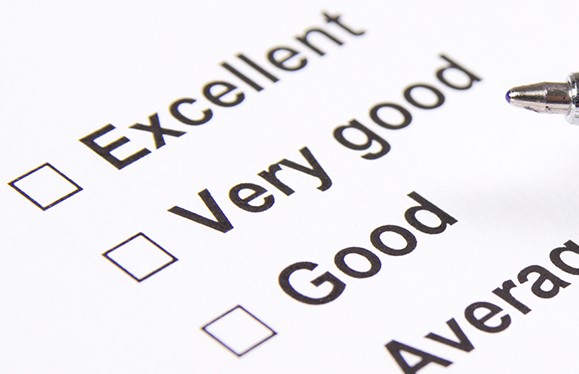
A review of the current season shows that there been 58 Assessment Plates run from August 1, 2018 to March 19, 2019 with an average field size of 7.87 horses per race. That compares to MR handicaps at Turffontein and the Vaal in the same period which averaged 11.6 starters. Recently we have had more changes to the conditions and horses with a MR lower than 67 are not required to participate in Assessment Plates. This would exclude 86 of the horses which ran in the past 7.5 months Assessment Plates and by implication must lead to even lower fields in future.
It is therefore not surprising to see the small fields as on Tuesday.
I assume originally there was a presumption that the handicappers were over assessing some maiden winners and that there needed to be some constraint on how much a maiden winner should be penalised.
The Assessment Plate concept was therefore an attempt (my presumption) to allow the more forward maiden winner the opportunity to grow into his/her rating. Assessment Plates by their nature are therefor always going to be skewed quite substantially in favour of highly rated horses. These higher rated horses would ordinarily be bumped into higher class handicaps very quickly and by implication would have their earnings ability stifled as a result.
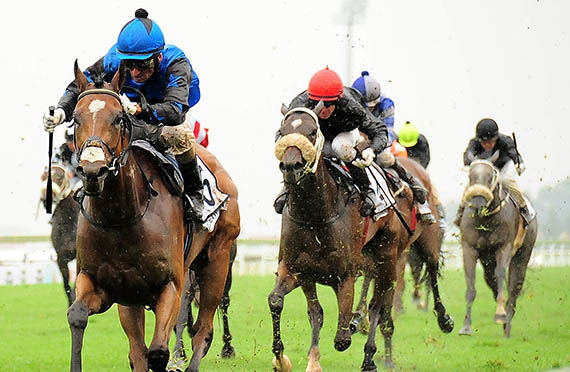
As an example, two MR90 horses can arrive at that rating quite differently. One may display his ability straight away and be jumped into MR90 handicaps (or its equivalent net rated handicap) immediately while another may take some time to get to an MR 90 and win a few races in lesser divisions along the way. In such a case the latter has had more opportunity to grow into his rating while the former has not.
The disparity in earnings potential can be quite serious for the former relative to his less forward opponent. This is most often the complaint against the MR system offered by those who yearn for a return to the old race figure system.
In order to make sense of this it is necessary to look at the experience so far for Assessment Plates. The table below is a review and “assessment” of the Assessment Plates run so far this season and until March 19, 2019.
Not surprisingly the top-rated MR horse is at a substantial advantage to his opponents, winning 3 times (IV of 3,03) the number of races he should win in a fair contest; fair being a handicap where his ability is penalised.
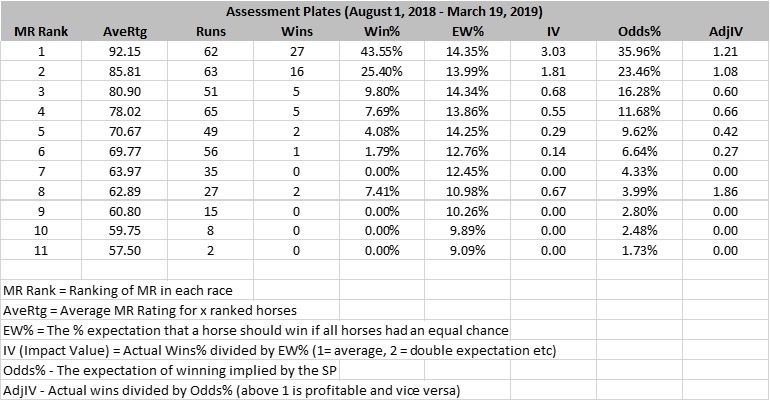
Oddly, for punters the SP does not currently reflect this and there is a substantial profit to be made by backing each top-rated MR horse in an Assessment Plate.
The average odds for these horses equate to them winning 35.96% of races while they on average win 43.55% of such races.
It seems that it is not just trainers who are confused by the ability of these runners but everyone else as well. Note that there is no such gift available to punters in any other type of race, where on average the expectation of profit is negative, even for top rated horses.

The handicappers I believe have it right and on this evidence, there is no real need, on average, to assess these ratings beyond what has already been seen, and which could not possibly be seen in any other race. If the handicapper’s assessment of the highly rated horse ex their maiden win was wrong (too high), then the stats should show that.
They do not, which leads me to believe that Assessment Plates have little to do with assessment but more to do with helping superior animals to win a few races before their ability is penalised too much.

Mike De Kock – pro the system
There is one more issue which needs highlighting. The two original champions of this initiative, Tarry and de Kock, have had 91 of the 433 runners in the Assessment Plates so far. There have been 46 trainers with horses in Assessment Plates, so just 2 or slightly more than 4% of the trainer base has had 21% of the representation in these races. Their horses have also won 17.54% of all Assessment Plates. Their representation in MR handicaps on the Highveld is 11.1% so even on a relative basis they are over represented in Assessment Plates. I presume that as champions for this idea they must be seen to be backing it in numbers, hence this over representation.
Which leads me back to the original question – why not just call them what they are, Progress Plates, and loosen up on the restrictions, to encourage more runners? Assessment Plates seem to me to serve a very narrow interest base with no purpose which cannot be satisfied in other ways, which other way would allow for wider participation and a wider interested base.
Ed – we have referred the above to Phumelela for a comment. Watch this space.






